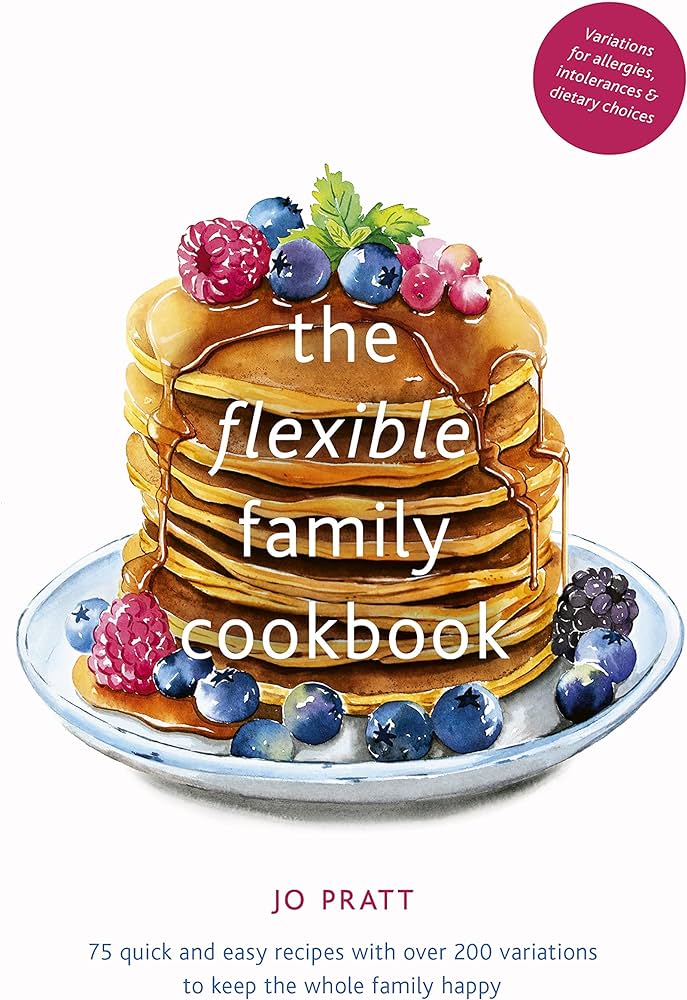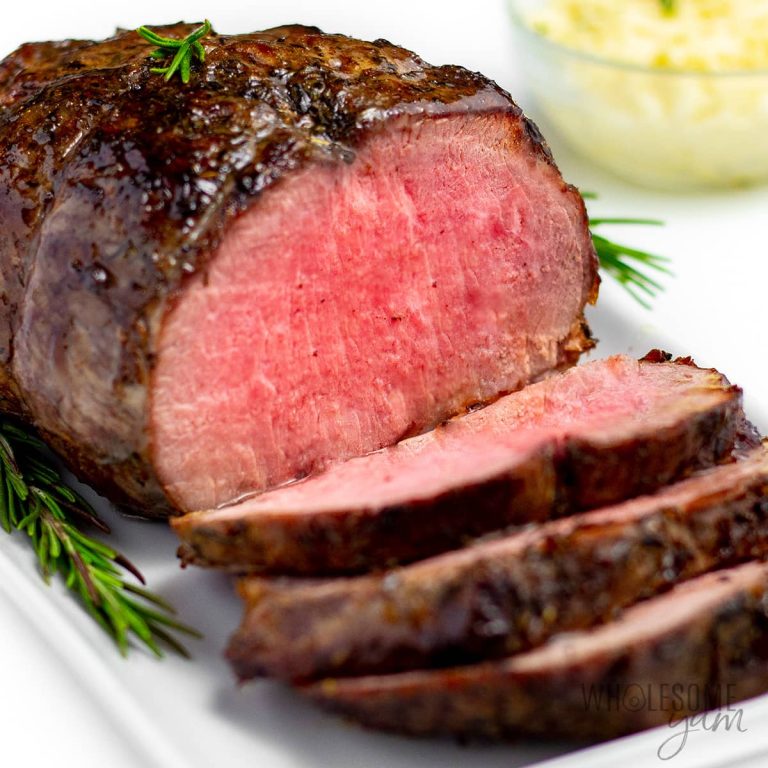Caramel Custard: Simple Recipes, Flavor Enhancements, and Dietary Adaptations
Caramel custard, often known as flan, is a creamy dessert featuring a layer of soft caramel on top. This dessert comprises a mixture of eggs, sugar, milk, and vanilla, baked until it sets into a smooth, custard-like consistency. When you invert it onto a plate, the caramel forms a delectable sauce over the custard. Popular worldwide, this dessert is appreciated for its delicate both texture and indulgent caramel flavor.
Why Opt for an Easy Recipe?
Choosing an easy caramel custard recipe means less time in the kitchen without compromising taste or presentation. Simplifying the process involves using fewer steps and straightforward techniques, making it accessible for beginner cooks. You’ll still get the rich caramel flavor and silky texture that define traditional caramel custard, but with minimal effort. Furthermore, this approach ensures you can deliver a delightful dessert that impresses guests, even on short notice.
Key Ingredients for Easy Caramel Custard
The Role of Eggs in Custard
Eggs are fundamental in making caramel custard. They provide structure and stability while contributing to the dessert’s creamy texture. Proteins in eggs coagulate when heated, forming the gel-like consistency essential for custard. Use fresh eggs for best results; they deliver a superior texture and flavor. Typically, three to four large eggs suffice for most recipes.
Choosing the Right Type of Sugar and Milk
Sugar and milk are crucial for both the custard and caramel sauce. Granulated sugar works best for the caramel, as it melts smoothly and caramelizes evenly. To prepare the caramel, cook sugar over medium heat until it turns a deep amber color. For the custard, caster sugar, with its fine texture, blends easily with eggs and milk, creating a smooth, lump-free mixture.
Full-fat milk ensures a rich, velvety custard. It provides the right balance of creaminess without excessive heaviness. Some recipes call for a mix of milk and cream to achieve a luxurious texture, but using just milk offers a lighter alternative without sacrificing quality. Select high-quality milk to enhance the custard’s flavor.
Step-by-Step Guide to Making Easy Caramel Custard
Preparing the Caramel
To prepare the caramel, start by heating 1 cup of granulated sugar in a heavy-bottomed pan over medium heat. Stir it constantly until the sugar melts and turns a golden-brown color. Be sure to watch closely as it can burn quickly once it starts to caramelize. Once the sugar reaches the desired caramel color, promptly remove the pan from heat. Carefully pour the hot caramel into the bottom of your custard mold or ramekins, ensuring an even layer. Let the caramel cool and harden while you prepare the custard mixture.
Mixing and Cooking the Custard
For mixing and cooking the custard, begin by preheating your oven to 350°F (175°C). In a large mixing bowl, combine 4 large eggs and 1/2 cup of granulated sugar. Whisk them together until the sugar dissolves and the mixture becomes smooth. Gradually add 2 cups of warm full-fat milk and 1 teaspoon of vanilla extract, continuing to whisk until well combined. Pour the custard mixture over the hardened caramel in your mold or ramekins.
Place the filled mold or ramekins in a larger baking dish, then pour hot water into the baking dish until it reaches halfway up the sides of the custard containers. This water bath, or “bain-marie,” ensures even cooking and prevents the custard from curdling. Carefully transfer the baking dish to the preheated oven and bake for 40-50 minutes, or until the custard is set but still slightly jiggly in the center.
Once baked, remove the mold or ramekins from the water bath and let them cool to room temperature. Then, refrigerate them for at least 4 hours or overnight. Before serving, run a knife around the edges of the custard to loosen it, then invert onto a plate to release the caramel topping.
Tips for Perfect Caramel Custard Every Time
Temperature Tips for Cooking Custard
Maintain precise control over temperatures to ensure silky caramel custard. Preheat your oven to 325°F (163°C) to achieve consistent results. Use a water bath (bain-marie) to prevent curdling by distributing heat evenly. Insert the custard dish into a larger pan filled halfway with hot water. Bake until the center slightly jiggles, typically 40-50 minutes, to avoid overcooking.
How to Achieve Smooth Texture
Mix custard components gently to avoid incorporating too much air, which creates bubbles. Strain the mixture through a fine sieve before pouring it over the caramel to remove any lumps and egg solids. Tap the filled dish gently before baking to release trapped air. Ensure a slow, steady heat application by using the water bath method to produce a creamy, smooth texture every time. Let the custard cool slowly to room temperature, then refrigerate for at least four hours, covered, to set the mixture perfectly.
Variations of Easy Caramel Custard
Adding Flavors and Toppings
Expand the flavor profile of your caramel custard by incorporating various ingredients. Vanilla extract enhances the custard’s sweetness without overpowering its natural taste. Use citrus zest, such as orange or lemon, for a refreshing twist. If you prefer a rich, nutty flavor, almond extract is an excellent choice. Sprinkle ground cinnamon or nutmeg over the top before baking for a hint of spice.
Consider toppings to complement the custard. Fresh berries, like raspberries or blueberries, add color and a slight tartness. A dollop of whipped cream provides extra richness. For added texture, sprinkle crushed nuts like pistachios or almonds on top. Drizzle a bit more caramel sauce over the custard before serving for visual appeal and enhanced sweetness.
Dietary Adaptations
Adjust the caramel custard recipe to meet various dietary restrictions. For a lactose-free version, substitute regular milk with almond milk or coconut milk. Both alternatives maintain the custard’s creamy texture. Use a plant-based sweetener like agave syrup or maple syrup instead of sugar for those avoiding refined sugar.
Adapt the recipe for a vegan diet by replacing eggs with silken tofu or a commercially available egg replacer. Use non-dairy milk, such as oat milk, for a creamy consistency. Ensure the caramel uses vegan-friendly sugar, as some brands process sugar with bone char. These adjustments ensure everyone can enjoy the dessert, regardless of dietary preferences.
Conclusion
Creating a delightful caramel custard doesn’t have to be a daunting task. With the right techniques and a few thoughtful additions, you can easily elevate this classic dessert to new heights. Whether you’re sticking to traditional methods or experimenting with unique flavors and dietary adaptations, there’s a version of caramel custard that’ll suit everyone’s tastes. So, gather your ingredients and get ready to impress your family and friends with a dessert that’s as versatile as it is delicious. Happy cooking!





